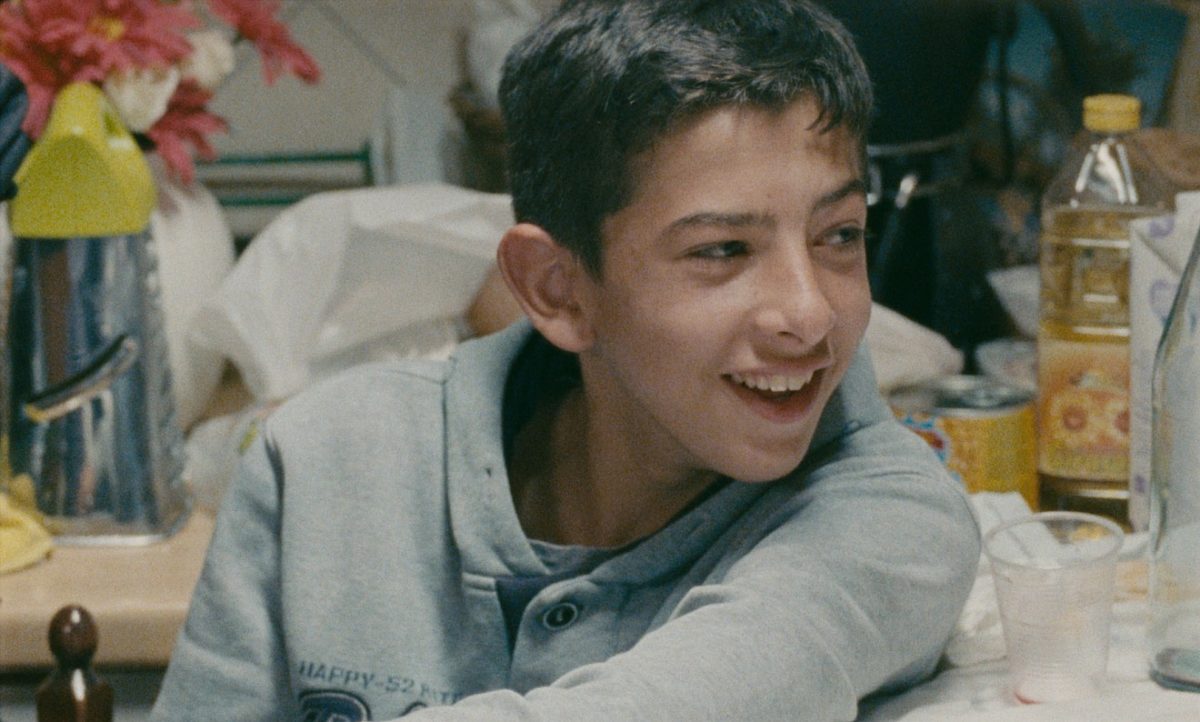A Ciambra’s bumpy road through adolescence
A Ciambra is the follow-up to Jonas Carpignano’s neorealist-influenced Mediterranea, a portrait of the Burkinabe immigrant Ayiva based on experiences of protagonist and friend Koudous Seihun. Set in the same region of Southern Italy, A Ciambra further explores the multicultural and fairly divided people in the community wherein Carpignano has slowly made himself a welcome guest. As it delves into the life of Pio Amato, a young adolescent Roma who already featured in the director’s two previous works, the coming-of-age film’s cinematography reflects the delicate balance between detachment and involved integrity apparent in Carpignano’s work.
The handheld camerawork by regular collaborator Tim Curtin is remarkable in its seemingly nonchalant elegance – note the moment Pio jumps over a fence with the camera perfectly anticipating and following the movement closely with swift and determined reactions. The dynamic camera translates both the restlessness of Pio – a fourteen year old self-proclaimed ‘man of the family’ trying everything to be recognized as such by his elders – and the heavily interweaved nature of the Amato family. Every shot is masterfully given the illusion of dishevelment and contingency, matching Pio’s chaotic surroundings in the gypsy community. Simultaneously, the ruffled camera movements tracing from character to character seem to adequately mimic the inevitable magnetism of family relations which will eventually cause Pio to betray a significant friend.
The recurrent absence of establishing shots and inclination toward close ups make for a chaotic yet appealing viewing experience. During a vibrant dinner scene especially, one feels entirely submerged in the Amato family culture – to the point that you might as well expect one of Pio’s puckish siblings to bump into you out of the blue. Extreme close ups of the stern character faces of family members make it tempting to look at the portraits in terms of landscape cinema. The face of Pio’s mother repetitiously fills up the screen, every line taking on a mountainous quality. Parental disappointment becomes an earthquake without exactly appealing to the viewer on an emotional level. A shot of the wary Pio sitting on a pile of rubble and running his hands through his hair over and over is especially enchanting because of the accompanying hypermobile camera. As his hands try to brush his hair up, the strands stubbornly push back, on which the camera seems to shock with the same kind of push and pull motion: an impromptu reflection of the self-evident resilience of the family.
The intimacy created by the hand held camera, grainy 16mm film and frequent close ups is, however, never subverted to a means for sentimentalism. Abundant with moments of tenderness, A Ciambra portrays the joie de vivre of the community in compliance with their essence of survival, without glorifying or damning the subjects and their circumstances. Carpignano’s portrayal stands out because it was made on the inside by a former outsider, someone who, as an African-Italian American finding his way into the community, stands outside the complicated web of expectations and only has eye for the seesawing of life in Ciambra.
